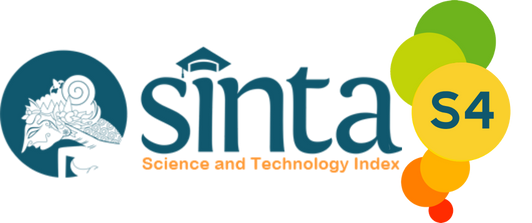Tindak Tutur Perlokusi Pada Anime Anohana Karya Mari Okada
Abstract
This research is motivated by the study of perlocutionary speech acts, which are closely related to illocutionary utterances. The purpose of this study is to identify the types of illocution that trigger perlocutionary effects and to describe the effects produced. This research is qualitative and employs a descriptive method. The subject of the study is the anime Anohana by Mari Okada, while the data consists of utterances containing perlocutionary speech acts found within the anime. The results of the study indicate that the most dominant type of illocution in Anohana is the directive type, which is used to give commands or requests. Out of a total of 65 data points analyzed, 2 correspond to the declarative type, 20 to the representative type, 12 to the expressive type, 22 to the directive type, and 9 to the commissive type. Furthermore, the most frequently found perlocutionary effect is emotional, reflecting a strong influence on the interlocutor's feelings. The total identified perlocutionary effects include 29 emotional effects, 18 cognitive effects, and 18 behavioral effects. This study emphasizes the importance of understanding perlocutionary speech acts to communicate effectively. By understanding how illocutionary utterances trigger perlocutionary effects, speakers can be more careful in choosing words to ensure smooth communication without misunderstandings. This analysis contributes significantly to pragmatic studies, particularly in understanding the relationship between illocutionary utterances and perlocutionary effects in everyday communication.








